Madness is truly measured by the mile on a long-distance eco-drive challenge. This one, like most, started out normally enough, mainly as a matter of intrigue to see whether it’d be possible to do that distance on a single tank of fuel, in a ‘let’s see if we can make it there’ manner.
By the time the end came twenty three hours later, it had pretty much degenerated into a zany competition, at times involving some of the slowest driving ever seen on public roads, all to see who could be the most frugal about it.
You can probably see where this is all getting at, and for that, a previous challenge is to blame. The seeds were planted for this one in December last year – it was at the preview of the Mercedes-Benz E 300 BlueTEC Hybrid that someone from the press corps suggested to Mercedes-Benz Malaysia (MBM) that we attempt to replicate the Africa-UK challenge undertaken by the car back in June.
Then, Brit motoring hack Andrew Frankel – together with a relief driver – had taken the E 300 Hybrid out from Tangier, Morocco to Goodwood in England, covering 1,968 km on a single tank of diesel. Deciding to present an Asean angle to it in a similar vein, MBM decided to take up that offer of a challenge, resulting in a 1,500 km-long drive last month to see if the car could make it from Kuala Lumpur to Bangkok on a single tank.
Unlike the Africa-UK challenge, which was run non-stop to its destination, the KL-Bangkok one was done over three days, with around 500 km covered in each day’s run – MBM ran six cars for the drive (three Malaysian teams and three Thai teams of two drivers each), which had a planned route of 1,509 km. All the cars ran air-conditioning (though to varying degrees, quite literally), and there was plenty of urban mileage in the mix.
Before we get to how it all panned out, a quick recap of the culprit in crime and the star of the show – the locally-assembled E 300 BlueTEC Hybrid was introduced into our market in January, and is the cheapest W212 E-Class model sold in the country, thanks to excise duty exemptions for CKD hybrids in place until the end of the year. When it was introduced, it was priced at RM348,888, but it’s even cheaper now post-GST, at RM338,888.
As mentioned before, plenty of car for the price, with equipment levels identical to the range-topping E 400 Avantgarde. These include an AMG Sports package (AMG bodykit, velour floor mat, twin exhaust system with bumper-integrated rectangular stainless steel pipe ends) and similar 18-inch twin five-spoke alloys, wrapped with mixed 245/40 front and 265/35 rear tyres (brand-wise, Bridgestone, Continental or Pirelli, depending on your luck).
Also to be found are AMG velour floor mats, an AMG Sport steering wheel, LED headlights and Intelligent Headlight Control Plus, a surround view camera as well as a rear seat entertainment system, which features two display monitors integrated into the front seat headrests.
The car is powered by a 2.1 litre turbodiesel and electric motor combination – the OM651 DE 22 LA four-cylinder oil burner offers 201 hp at 4,200 rpm and 500 Nm from 1,600 to 1,800 rpm, while the three-phase AC internal rotor magneto electric motor offers 20 kW (27 hp) at 1,800 rpm and 250 Nm at an operating voltage of 120 volts, with power put to the wheels by a 7G-Tronic auto transmission.
The electric motor, which is located in the clutch housing between the engine and the transmission to save space, is juiced by a lithium-ion battery housed within the engine bay. Always located on the passenger side, the unit sits right behind the front left suspension turret in our RHD car (and on the right side in LHD configurations). The standard 12V battery is housed in the rear boot.
As its placement suggests, the unit is small (0.8 kWh energy content, 19 kW output), and as far as lithium packs go it’s not the final word in outright ability, but it’s still good to let the E 300 cover about a kilometre on electric power alone at speeds of up to 35 km/h, this on paper. In real world use there’s less usability than you might think, and in truth the hybridisation here serves more as an aid to improving the diesel mill’s performance and powering up the vehicle’s electrical system components.
The battery – which is cooled by refrigerant similar to that of the air-conditioning system but via a separate circuit from the car’s AC – not only stores energy to work the electric motor, but is also connected to the 12-volt vehicle electrical system via the DC transformer to supply power to items such as the headlamps and comfort features.
The E 300 is also equipped with an electrically-driven air-con compressor, which means that in stop-start traffic the AC system runs off the battery power, though as you’d expect that depletes power in even faster fashion. As for usable levels, the battery can power things until it drops to 36%, which is when the engine restarts and takes over.
In electric-only mode, the unit is infinitely far less flexible than something larger and more complex such as that found on the C 350 e plug-in hybrid (which is expected). Primarily this has all to do with usable energy and the pack’s density – in short stop-start traffic conditions and crawling around carparks the electric-only route works well enough, but as mentioned earlier, the E 300 Hybrid should really be viewed as a diesel with some electric-operation assistance.
Some notes about the battery’s performance – throughout the drive period the charged levels never got past 75%, primarily because of the way we were all driving, and the drop from a 60-65% level to the cutoff could be relatively quick, depending on the situation.
Electric drive itself was a delicate affair – the motor felt comfortable enough moving the 1,770 kg mass from standstill and also while running the car in its ‘sailing’ mode, where the engine shuts down and the car is propelled along by the motor at speeds of up to 160 km/h. All this provided you’re light on the pedal – the limitations of dispensible power from the battery are quite evident if you aren’t.
Which is easier said than done on roads providing plenty of load. Also, and this was evident as the miles wore on, once the battery levels dropped to around 40% and below EV operation became testy and less consistent to pedal input.
On-paper performance figures for the car include a 0-100 km/h time of 7.1 seconds and a 242 km/h top speed as well as a rated fuel consumption of 4.1 litres/100 km. The nature of the drive meant we weren’t going to be checking out the former, but MBM had arranged for those on the challenge to try out the car beforehand to get familiar with its workings.
As such, it was possible to get a better overview of the car in regular everyday conditions. Motor to engine transitions were quite seamless, though the diesel itself had a rough-ish underlying character. Power-wise, while the combined 590 Nm of torque may sound impressive, the reality is that the car didn’t feel all that fast off the line – it’s decent, but not 590 Nm fast.
Driven in normal fashion in mixed traffic conditions over three days, the E 300 Hybrid returned a 5.9 litre per 100 km average reading off the car’s on-board computer. We were told that in order for the cars to make it to Bangkok adequately on the full 80 litre tank, we’d have to be doing nearer the five litres per 100 km mark. The term ‘when push comes to shove’ began to come to mind, and figuratively at that.
On to the insanity then. The first day of the challenge takes us across the border into Hatyai on the longest run of the route, and co-driver Chris Aaron and I decide we aren’t going to suffer the enduring heat, running the AC at 22 degrees with the blower set to three the whole time.
We pay for it – at the end of the day we’re last of the three Malaysian teams in terms of overall fuel consumption, but thankfully still under the 5.0 litre mark. The other Malaysians are obviously taking this one quite seriously, the best hitting 4.3 litres/100 km. They literally have to sweat for it though (AC 25 degrees, blower speed one) – at the height of the afternoon sun, it’s 42 degrees, and this when moving.
The Thais, on the other hand, are having a blast. Past all the Malaysians, and always after every stop, as if fuel consumption is the last thing on their minds. They look a lot less frazzled than us at each of the intermediate break points – something to do with plenty of air-conditioning. The MBM crew murmur that at this rate the Thai cars might not make it all the way, but they’re still mainly in the high fives, which isn’t bad considering they’ve been barreling along. Comfortably, I might add.
Day two takes us from Hatyai to Chumpon, and by the end of that session our car is neck-and-neck with the second-placed Malaysian team from the day before. Having tweaked our AC temperature up to 25, blower still at three, Chris and I bring our car’s overall average down to 4.7 litres/100 km over 1,007 km, and our average for the day has dropped to 4.4 litres.
The effects of all the toiling are beginning to set in though, and for everyone. It’s not like we’re crawling – everyone has come to the opinion that 90 km/h is the sweet spot, and our average speeds are actually very decent. But we’re groaning when we see upward inclines, happy on level ground and rejoicing on the downhill stretches, when we can set the car to its ‘sailing’ mode.
We start trying out new and rather inventive ways to keep the car running on electric power alone – we irritate Thai drivers by leaving traffic lights in EV mode, crawling as far as we can at the slowest possible take-up speed; there’s even the ‘secret pounce’, a move my co-driver comes up with and involves stopping an extra length behind a car at the lights and letting the Benz creep the moment it turns green so as to get some extra purchase. Thai drivers must be saints, because no one honks at us despite our atrocious behaviour.
It’s all bordering on dementia, but it’s paying off. By the end of day two it’s obvious most of the cars will comfortably make it to Bangkok on that single tank. We’re also getting very intimate with the car and its workings – that much time in it will always do that. The report on ride and seat comfort levels is thus highly positive, as is that of switchgear ergonomics and display legibility. Tyre noise is a bit on the high side going into the national speed limit, though marginal at the speeds we’re doing.
Something to note about the battery – when ambient and direct in-bay temperatures get high it will disengage, even whilst cruising. It happened only once with the heat soaring outside (41 degrees), switching to engine-only mode even though a suitable level of power was available (66%). All efforts to coax it back by attempting to sail didn’t work, but the system switched itself back when the ambient temperature dropped.
The final day’s run to the Metro Autohaus in Bangkok from Chumpon sees us two otherwise lead-footed drivers pulling out all the stops – there are Zen-like moments in which we treat the accelerator gently as if it were an egg, and by the very last stage I am caressing the pedal on with my socked foot like I’m making love to it, such has it become. The lead car is uncatchable in overall terms, but we score the win for the final day’s average with a 4.0 litres/100 km run, the best daily average achieved across the three days.
In the end, our car finishes second with a 4.5 litres/100 km fuel consumption, achieved over a distance of 1,477 km and nearly 22 and a half hours of driving time at an average speed of 66 km/h. The third-placed Malaysian car also ends up getting a 4.5 litres/100 km reading, but is just shaded on available distance left.
The winning car – driven by Jay Wong of The Star and Arvinda Kumar of CAR Malaysia – manages 4.3 litres/100 km over a distance of 1,486 km (strangely enough, none of the cars actually get past the 1,500 km mark), done in just over 23 hours at an average speed of 64 km/h. The trip computer on that one reads 476 km of travel left, which prompts one of our lot to say, “Hey, we could actually have tried to make it to Chiang Mai.” I’m glad there are no sharp objects within my reach at that point.
So, Q.E.D., the E 300 BlueTEC Hybrid and 1,500 km on a single tank of diesel. But it speaks volumes about the Benz that despite the relaxed approach shown by the Thais – who are actually much better than us at such eco-drives – all their cars also make it to Bangkok, even if one is virtually running on vapours at the end (the distance-to-empty readout went null). And, unlike us, they’ve managed to do it without breaking into a sweat. So maybe, just maybe, we might have been able to make it all the way to Chiang Mai after all…
Mercedes-Benz E 300 BlueTEC Hybrid
Looking to sell your car? Sell it with Carro.

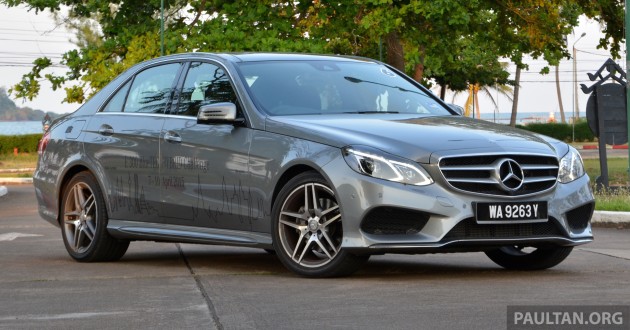
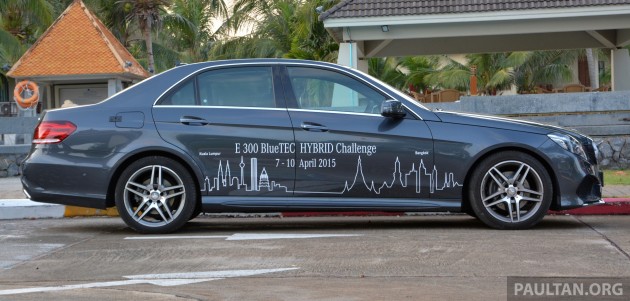






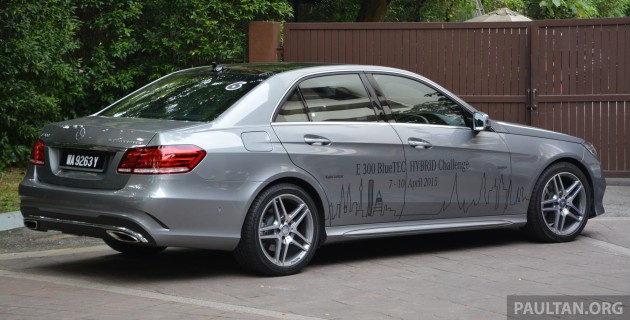



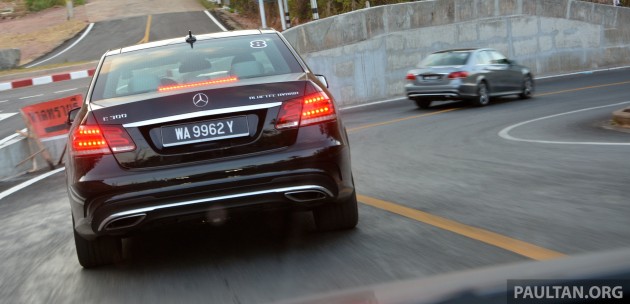


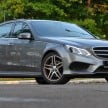
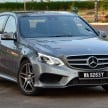
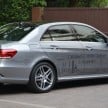
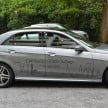
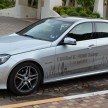
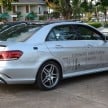
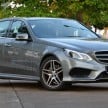
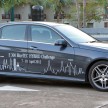
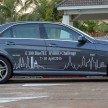
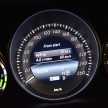
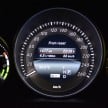
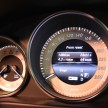
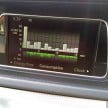
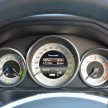

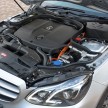
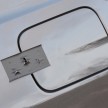
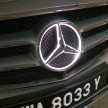
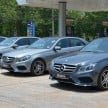
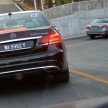
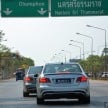
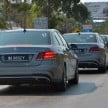
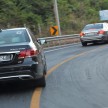
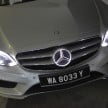
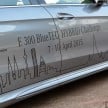
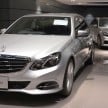
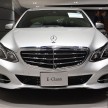
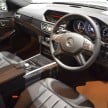
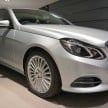
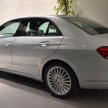
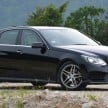
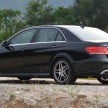
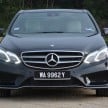
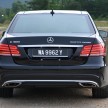
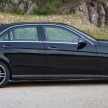
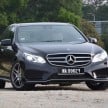
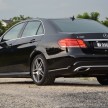
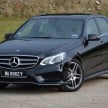
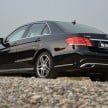
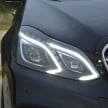
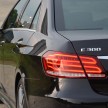
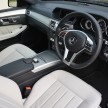
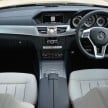
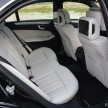
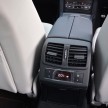
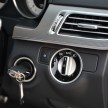
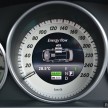
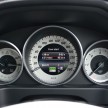
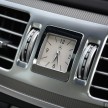
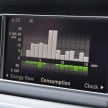

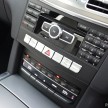
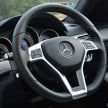
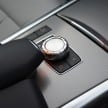
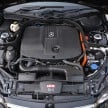
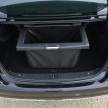

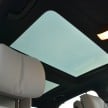
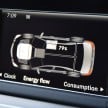
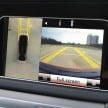
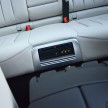
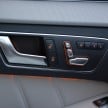
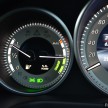
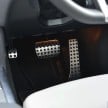
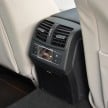
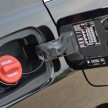
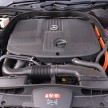
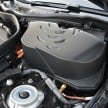

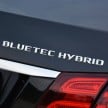










































AI-generated Summary ✨
Comments mainly praise the Mercedes-Benz E 300 BlueTEC Hybrid's impressive fuel efficiency for long-distance travel, highlighting its large fuel tank and hybrid system advantages over competitors like the Camry Hybrid. Several commenters point out the car's tested range of around 1,500 km on a single tank, emphasizing its suitability for highway and long trips. Discussions mention the high cost of the hybrid's battery, but acknowledge the car's luxury, power, and comfort. Some compare it unfavorably against hybrids like the Prius or Camry, noting that real-world mileage is closer to 6.5 L/100km. A few off-topic remarks and criticisms appear, but overall, the sentiment reflects admiration for the car's efficiency, with occasional skepticism about hybrid technology and comparisons to other vehicles.